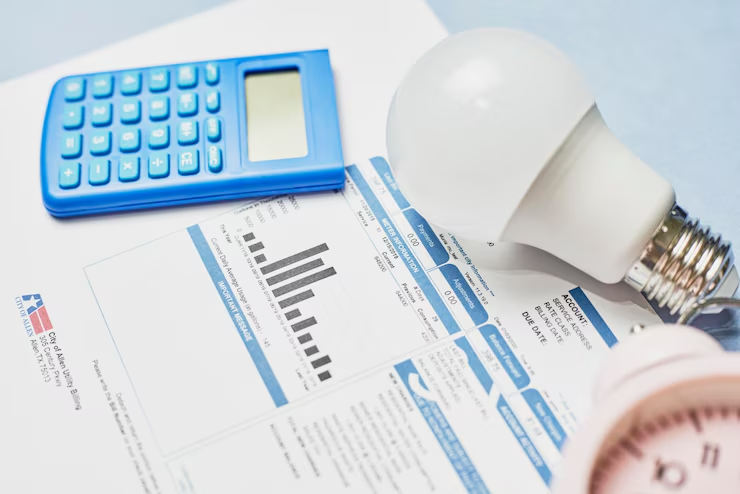Ever stared at your energy bill and wondered why it’s higher than expected — even though your usage looks normal?
You’re not alone. Energy providers are often less than transparent when it comes to all the line items on your bill. And while the base rate might seem reasonable, it’s the extra fees buried in the fine print that can quietly drive your costs up month after month.
These small charges are easy to miss but can make a big difference to your annual total. The good news is: once you know what to look for, they’re also fixable — or even avoidable altogether.
If you’re looking to switch providers, keep an eye out for deals that skip the sneaky stuff and reward you for signing up — like using an Octopus Energy referral code, which can give you bonus credit on your first bill.
Let’s break down what those hidden fees are, how to spot them, and what to do if they’re costing you more than they should.
Common Fees That Hide in Plain Sight
Energy bills aren’t always easy to read. They’re packed with jargon and often split into multiple confusing sections. That’s not by accident — many providers rely on complexity to avoid scrutiny.
Here are a few extra charges to watch for:
1. Service or Supply Charges
This is a flat fee just to stay connected, regardless of how much energy you use. While it’s normal to have one, some providers charge significantly more than others — and the difference adds up over time.
2. “Green Energy” Add-Ons
Some plans include optional green energy contributions. That’s great if you’ve chosen it — but not so great if it was added without you realizing. Double-check whether this charge was selected by default.
3. Late Payment Fees
These can sneak in if you miss a due date by even a day. If your provider doesn’t offer flexible billing or auto-pay, this one can become a recurring nuisance.
4. Paper Billing Fees
Yes, some providers charge you for mailing a paper bill. Switching to online billing usually removes this fee instantly.
5. Exit Fees or Lock-In Clauses
If you’re on a fixed-term contract, leaving early might cost you. Always check for exit fees before switching or negotiating.
How to Actually Understand Your Bill?
To spot hidden fees, you first need to understand how your bill is structured. While layouts vary by provider, most bills will break down into:
- Usage Charges: Based on how much energy you actually use
- Supply/Service Fees: Charged monthly or daily just for being connected
- Miscellaneous Fees: This is often where hidden costs sneak in
- Taxes & Government Charges: Generally non-negotiable, but should still be listed clearly
If you’re confused, don’t hesitate to call your provider and ask for a line-by-line explanation. You’re paying for it — you have the right to know what it all means.
What to Do If You Spot a Fee You Didn’t Expect?
If something doesn’t look right, don’t ignore it. Here’s how to take action:
- Contact Your Provider: Ask them to explain the charge. If it’s optional or was added without your consent, request its removal.
- Negotiate a Better Plan: Many providers offer discounts or custom deals if you ask — especially if you’re a long-time customer.
- Shop Around: Use comparison sites to see what other providers are offering. You might find a plan with fewer fees and better value.
- Look for Referral Credits: Some providers, like Octopus Energy, offer referral codes that give both you and a friend a credit on your bill. It’s a simple way to get started with a more transparent provider.
How to Avoid Hidden Fees Going Forward?
Once you’ve cleaned up your current bill, you can make a few small changes to avoid future surprises:
- Set up auto-pay to dodge late fees
- Go paperless to avoid admin charges
- Review your plan annually — rates and fees can creep up over time
- Read the fine print when signing up with a new provider
- Choose providers known for transparency — user reviews can help you spot red flags early
Small Charges, Big Impact
It’s easy to overlook an extra $5 here or $8 there. But over 12 months — or across multiple utility accounts — those little fees can add up fast.
Taking a few minutes to review your bill can uncover opportunities to save that don’t require cutting back on comfort or usage. It’s not about using less — it’s about paying attention to where your money is going.
And once you’ve got a handle on that, it’s a lot easier to stay in control of your energy costs — for good.
Find comprehensive details on our blog.

